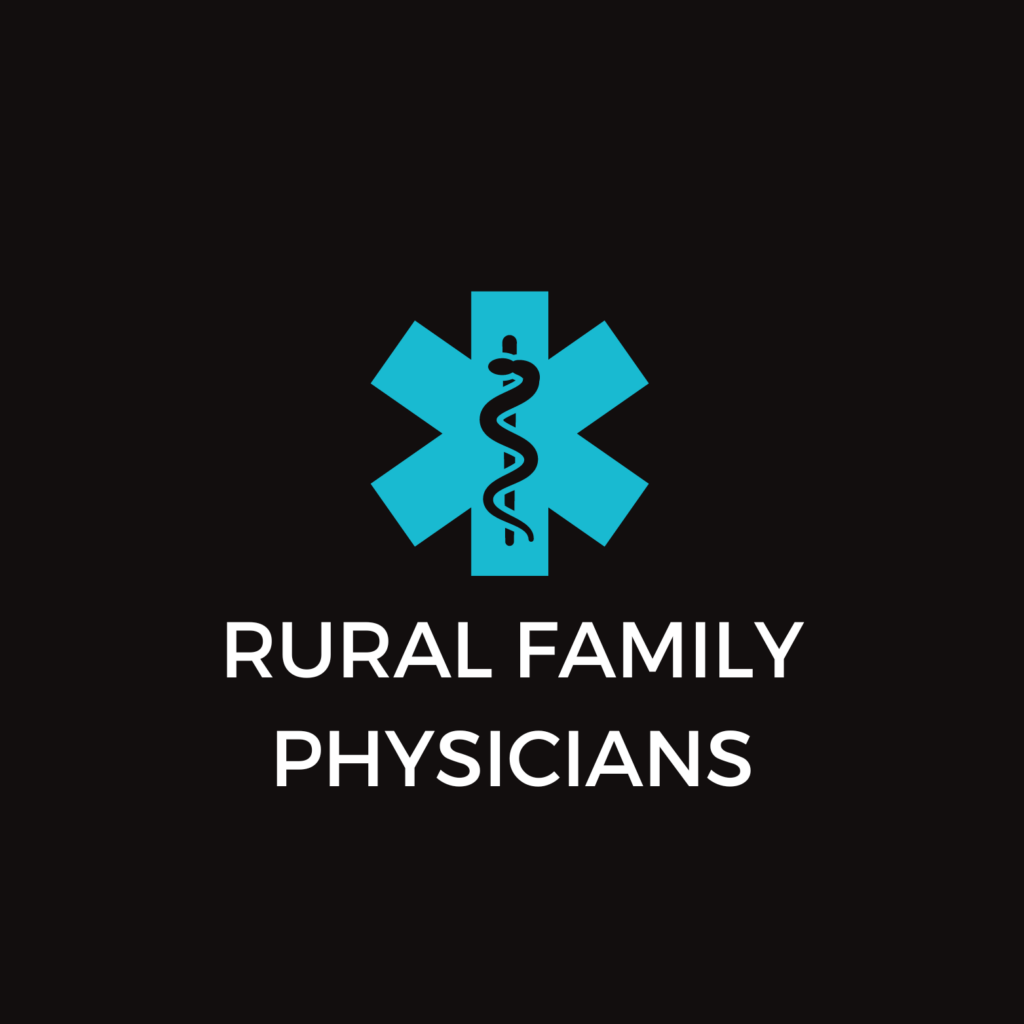Industry Talks about Health Care Delivery, Information Exchange and the Future of Electronic Quality Measurement
By Robert Tagalicod, Director, Office of E-Health Standards and Services
We were excited to see a full room and hear robust discussions at CMS headquarters in Baltimore during our eHealth Summit on December 6. Four dynamic panels of health care thought leaders shared their insights into successes and challenges they are facing in implementing eHealth initiatives.
For those of you unable to join us in person or online, let me highlight some of the key issues discussed related to innovative health care delivery models, Stage 3, health information exchange, and clinical quality measures.
Health IT Innovation in New Health Care Delivery Models
The first panel discussed how new health care delivery models are improving patient care by using EHRs and exchanging patient information. Panelists explained that the improvements were a result of statewide health information sharing, real-time alerts to doctors when a patient checks in to a hospital, using data warehouses to stratify patients by risk, and using this data to focus care for these patients in a clinical setting.
The panelists also talked about the challenges involved in building and connecting systems that safely store and transmit meaningful patient data across disparate platforms. Suggestions to fix these challenges included common standards that would allow systems to communicate with each other across state lines and making sure programs provide financial benefits to providers who participate.
Trends in Health Information Exchange (HIE) Organizational Staffing
During this panel, AHIMA and HIMSS provided an overview of research they conducted in 2011 on HIE organizations. The majority of the organizations were small and struggled to find staff that could support technology and operational needs, highlighting these important challenges.
The panelists, who represented HIMSS, AHIMA, and an HIE in Oklahoma, concluded that the current goals of HIEs would benefit from additional support, and asked that CMS prioritize the issue of HIE staffing and explore ideal staffing models.
Stage 3 Meaningful Use
Vendors, payers, and providers reflected on Stage 1 and 2 meaningful use requirements and provided recommendations for Stage 3 in our third panel. Lauding the progress industry has made with health IT implementation, the panel also discussed concerns about the lack of time for providers to prepare for each stage. The panelists acknowledged that while Stage 3 will require a significant effort, it will undoubtedly support improved care outcomes.
As you may know, CMS proposed a new meaningful use timeline following the summit. Make sure to read the blog by Dr. Jacob Reider and me on the details, and how we are working to address concerns expressed during the Summit.
eReporting and the Future of Quality Measurement
Our final panel of the day focused on the development of electronic clinical quality measures (eCQMs), which help to streamline quality reporting and provide invaluable data which supports CMS policy decisions and informs best practices for improving the health of patients in our country.
CMS works with industry to establish eCQMs that can be used by different types of providers in their practice routines. Panelists noted challenges with properly testing eCQMs, as timelines are often compressed, and the need for additional patient data for field testing. In addition, panelists highlighted the importance of focusing on de novo electronic measure development – that is creating new measures specifically designed for an electronic platform – in order to maximize the potential return from quality measurement programs.
What’s Next?
As I said at the Summit, CMS appreciates and carefully reviews the feedback and insights from the panelists who contribute their time to present their findings and tell us about their experiences. These discussions provide helpful information as we continue with health IT implementation and the eHealth programs. We look forward to our next Summit on February 14, and continuing this ongoing collaboration with the health care industry.
Make sure to watch the morning and afternoon video sessions from our Summit, and review this blog on our eHealth website.



